Home>Ideas and Tips>How To Design A Stylish And Practical Home Office
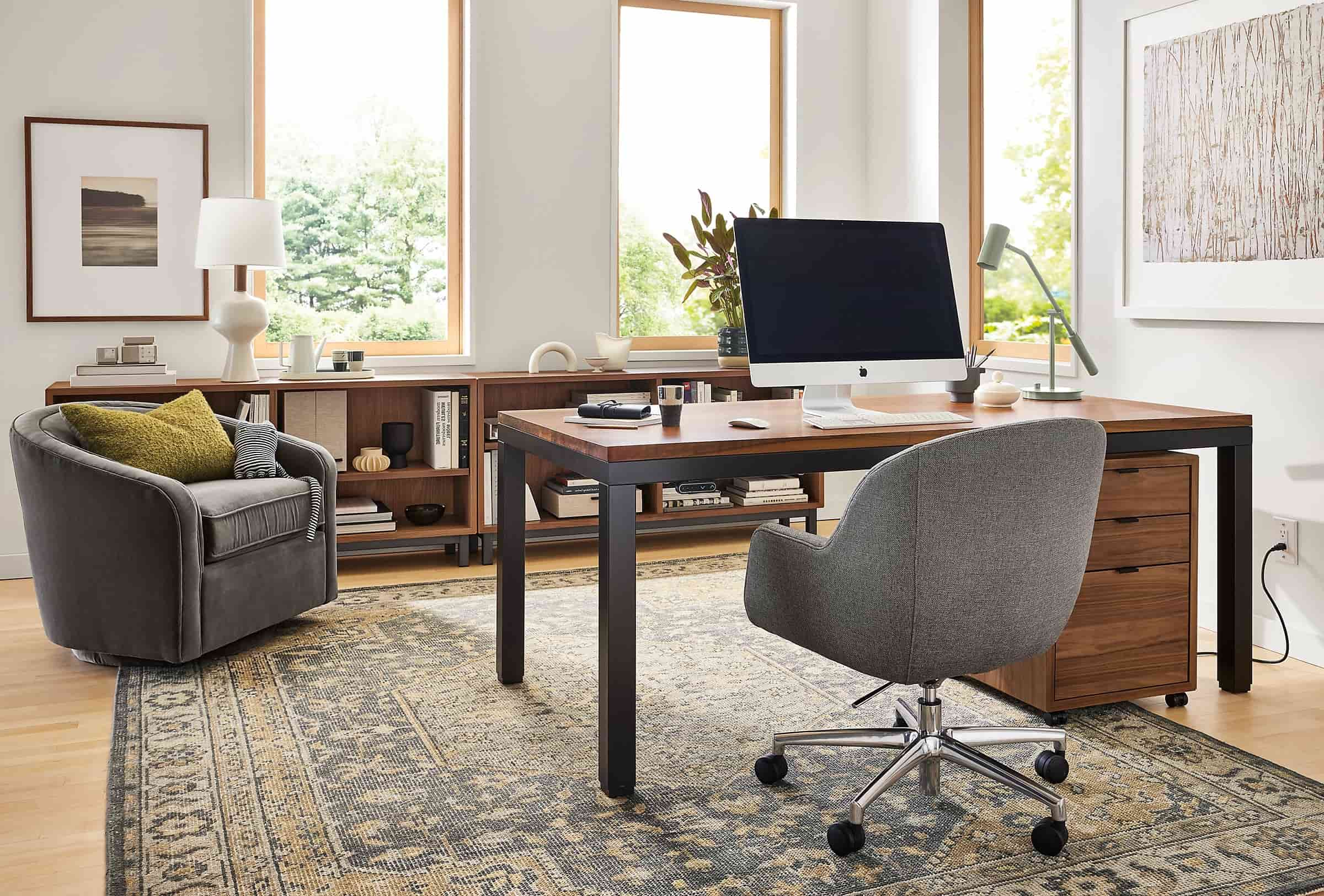

Ideas and Tips
How To Design A Stylish And Practical Home Office
Published: August 28, 2024
Learn how to design a stylish and practical home office with tips on planning, furniture selection, lighting, decor, and technology integration.
(Many of the links in this article redirect to a specific reviewed product. Your purchase of these products through affiliate links helps to generate commission for Storables.com, at no extra cost. Learn more)
Creating a home office that is both stylish and practical can be a challenging task, but with the right approach, it can be achieved. A well-designed home office not only enhances your productivity but also adds value to your home. In this article, we will guide you through the process of designing a stylish and practical home office, covering everything from planning and layout to furniture selection and decor.
Planning and Layout
Before you start designing your home office, it's essential to plan and layout your space. Here are some steps to follow:
- Assess Your Space: Measure your available space to determine the dimensions of your home office. Consider the size of your furniture, the flow of traffic, and any windows or doors that may affect the layout.
- Identify Your Needs: Think about how you will use your home office. Do you need a dedicated workspace for work or study? Do you need storage for files or office supplies? Do you prefer a quiet space or one with natural light?
- Create a Floor Plan: Sketch out a floor plan of your space. Use graph paper or an online tool to create a detailed layout. Include all the elements you need, such as a desk, chair, bookshelves, and any other furniture or decor.
Choosing the Right Furniture
Furniture is a crucial element in designing a stylish and practical home office. Here are some tips for selecting the right furniture:
- Desk: The desk is the centerpiece of your home office. Choose a desk that fits your needs and style. Consider the size, material (e.g., wood, metal, glass), and features (e.g., drawers, cable management).
- Chair: A comfortable chair is essential for long hours of work. Look for a chair with good lumbar support and adjustable height settings.
- Bookshelves: Bookshelves provide storage for books, files, and office supplies. Choose bookshelves that are sturdy and can hold a lot of weight.
- Storage Units: Additional storage units like file cabinets or drawers can help keep your workspace organized.
Lighting
Lighting plays a significant role in creating a comfortable and productive workspace. Here are some tips for lighting your home office:
- Natural Light: If possible, place your desk near a window to take advantage of natural light. Natural light can boost your mood and productivity.
- Artificial Light: Use artificial light sources like table lamps or floor lamps to supplement natural light. Choose lamps with adjustable arms to direct light where needed.
- Task Lighting: Task lighting is essential for tasks that require focused attention, such as reading or writing. Use desk lamps with bright bulbs for these tasks.
Decor and Aesthetics
Decor and aesthetics can make or break the style of your home office. Here are some tips for adding a touch of style:
- Color Scheme: Choose a color scheme that reflects your personality and enhances the mood of your workspace. Neutral colors like white, gray, and beige are versatile but can also be paired with bold colors for added flair.
- Wall Decor: Add wall decor like artwork, prints, or motivational quotes to create a visually appealing space.
- Plants: Plants not only purify the air but also add a touch of greenery to your space. Choose low-maintenance plants like succulents or air plants if you're not a green thumb.
- Textiles: Use textiles like rugs, curtains, or throw pillows to add warmth and texture to your space.
Technology Integration
In today's digital age, technology integration is crucial for a practical home office. Here are some tips for integrating technology seamlessly:
- Ergonomic Setup: Ensure your computer monitor is at eye level and your keyboard and mouse are at comfortable heights to avoid straining your neck or wrists.
- Cable Management: Use cable organizers or cable ties to keep your workspace clutter-free. This will not only improve aesthetics but also prevent tripping hazards.
- Smart Devices: Consider smart devices like smart speakers or smart lighting systems that can be controlled remotely.
Sustainability
Sustainability is becoming increasingly important in home design. Here are some tips for creating a sustainable home office:
- Eco-Friendly Furniture: Choose eco-friendly furniture made from sustainable materials like reclaimed wood or recycled plastic.
- Energy Efficiency: Use energy-efficient appliances and lighting to reduce your carbon footprint.
- Recycling: Implement recycling practices in your workspace by using recycled paper and recycling bins.
Accessibility
Accessibility is often overlooked but is crucial for creating a practical home office. Here are some tips for making your space accessible:
- Clear Pathways: Ensure there are clear pathways around your workspace to avoid tripping hazards.
- Adjustable Furniture: Choose furniture with adjustable heights or positions to accommodate different users.
- Disability-Friendly Features: Incorporate disability-friendly features like wheelchair-accessible desks or Braille labels if necessary.
Conclusion
Designing a stylish and practical home office requires careful planning, thoughtful furniture selection, and attention to detail. By following these steps, you can create a space that not only enhances your productivity but also adds value to your home. Remember to consider sustainability, accessibility, and technology integration to make your home office truly functional and beautiful.
Additional Tips
- Personalize Your Space: Add personal touches like family photos or mementos to make your space feel more like home.
- Flexibility: Design your space with flexibility in mind. This could mean using modular furniture or creating a multi-functional workspace.
- Maintenance: Regularly maintain your space by dusting, vacuuming, and organizing your belongings.
By incorporating these tips into your design process, you'll be well on your way to creating a stylish and practical home office that meets all your needs.
Was this page helpful?
At Storables.com, we guarantee accurate and reliable information. Our content, validated by Expert Board Contributors, is crafted following stringent Editorial Policies. We're committed to providing you with well-researched, expert-backed insights for all your informational needs.
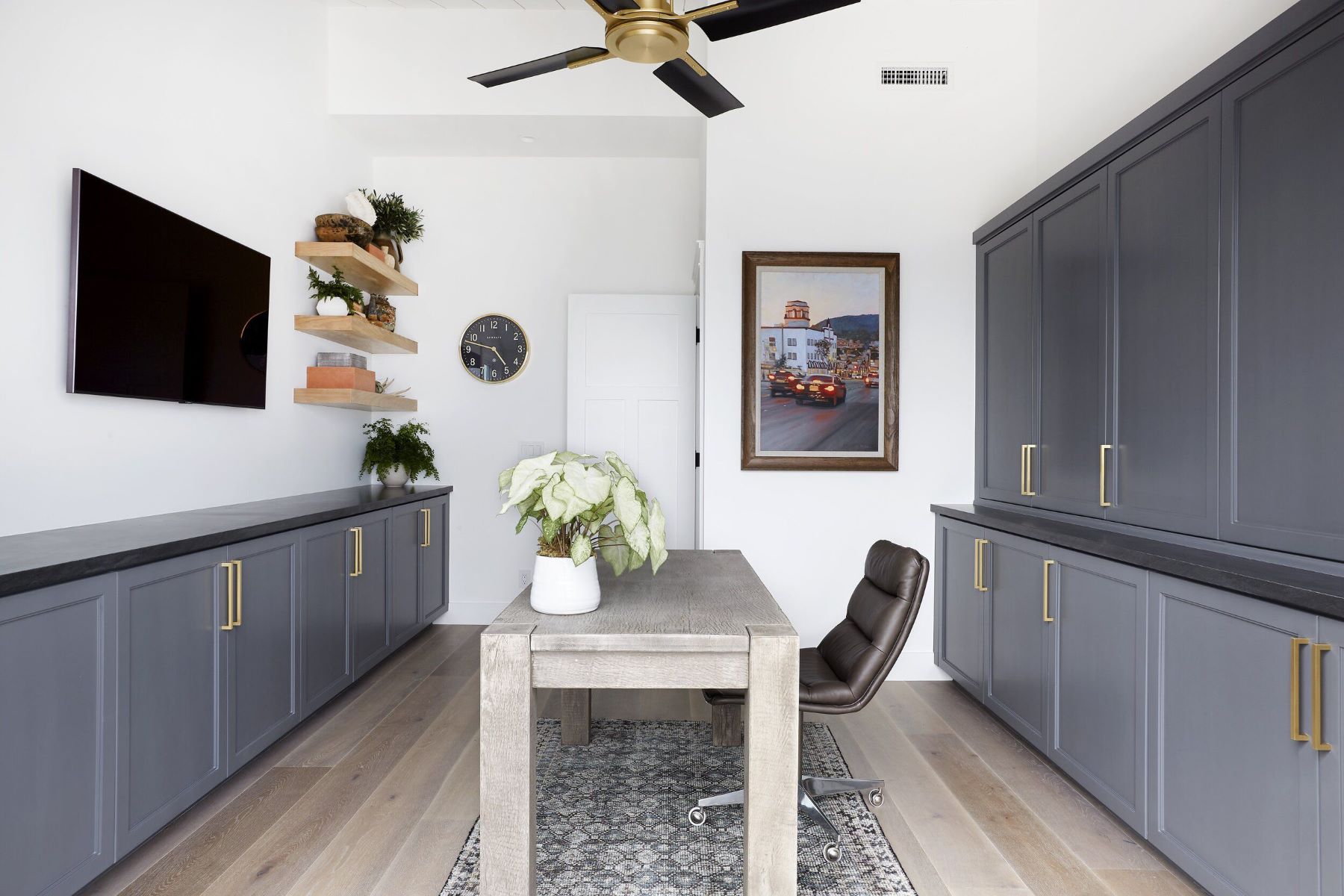
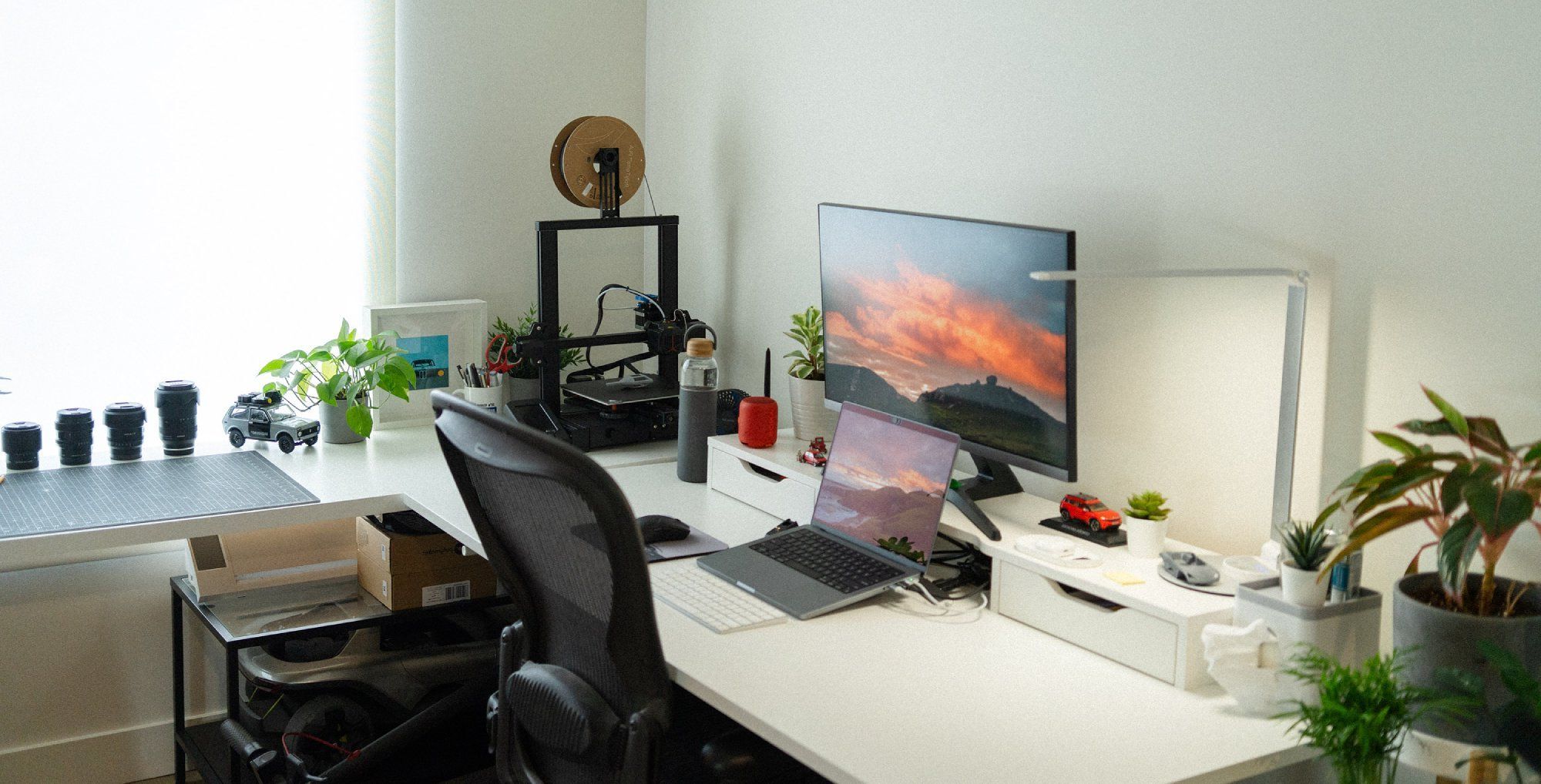
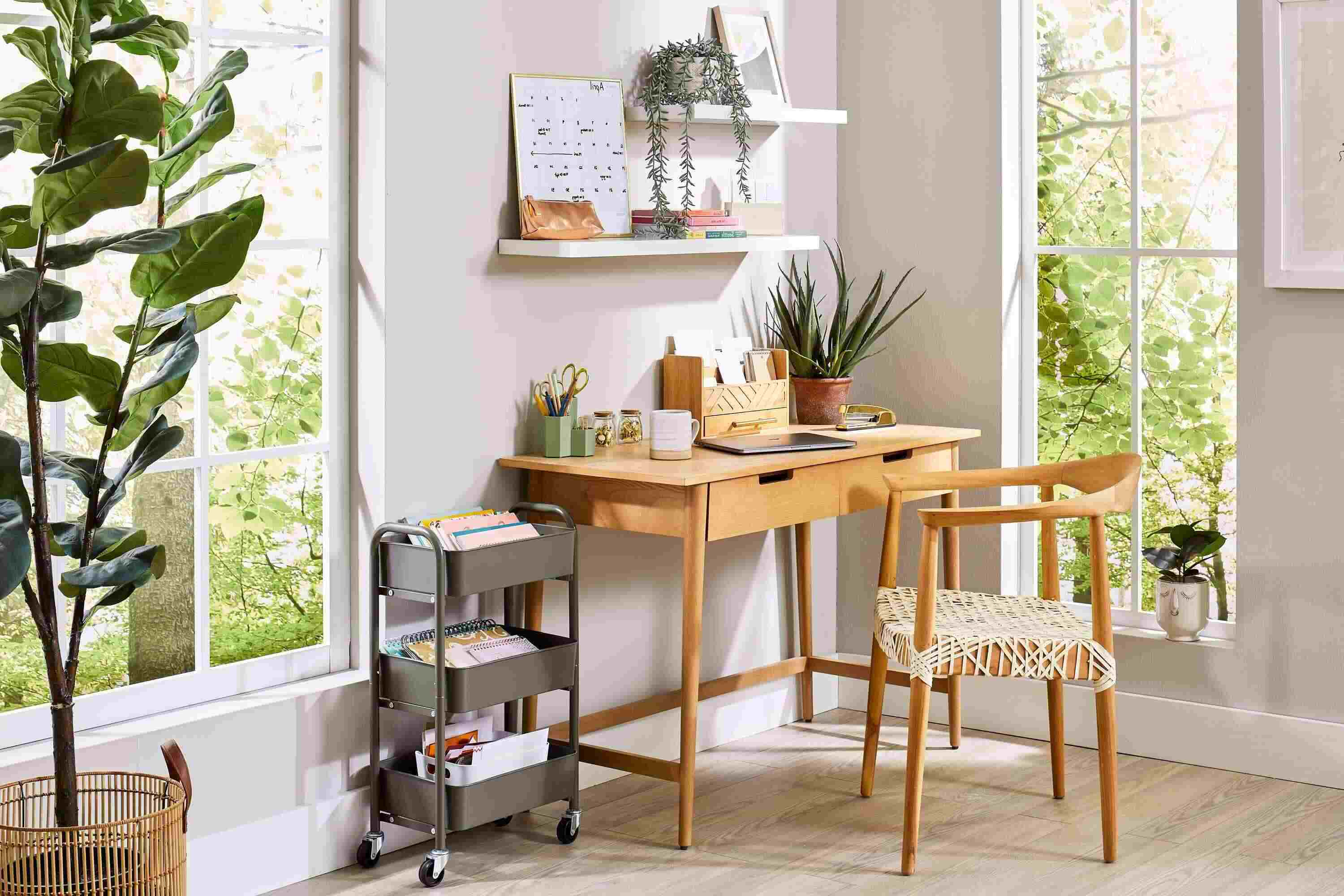
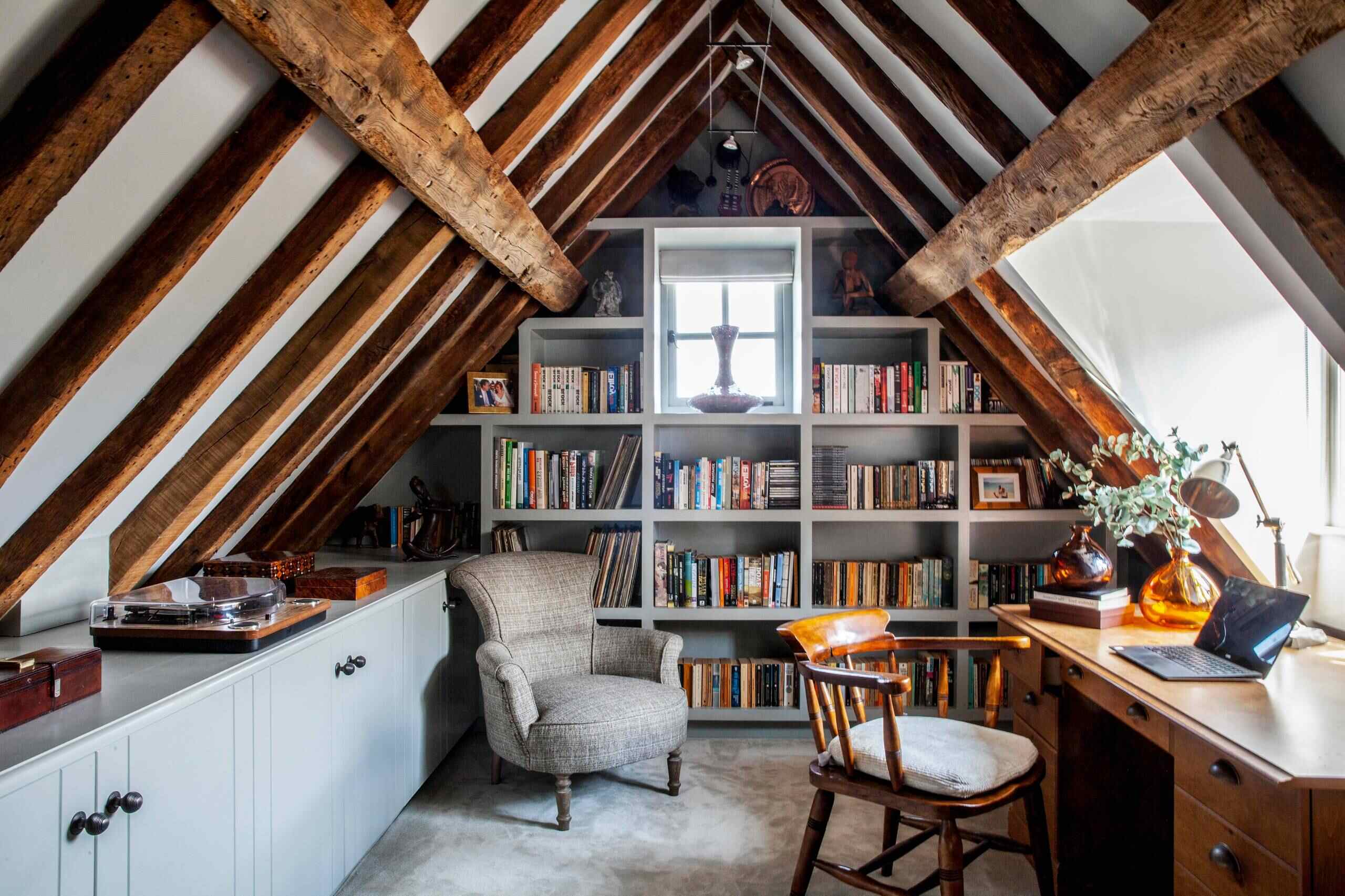
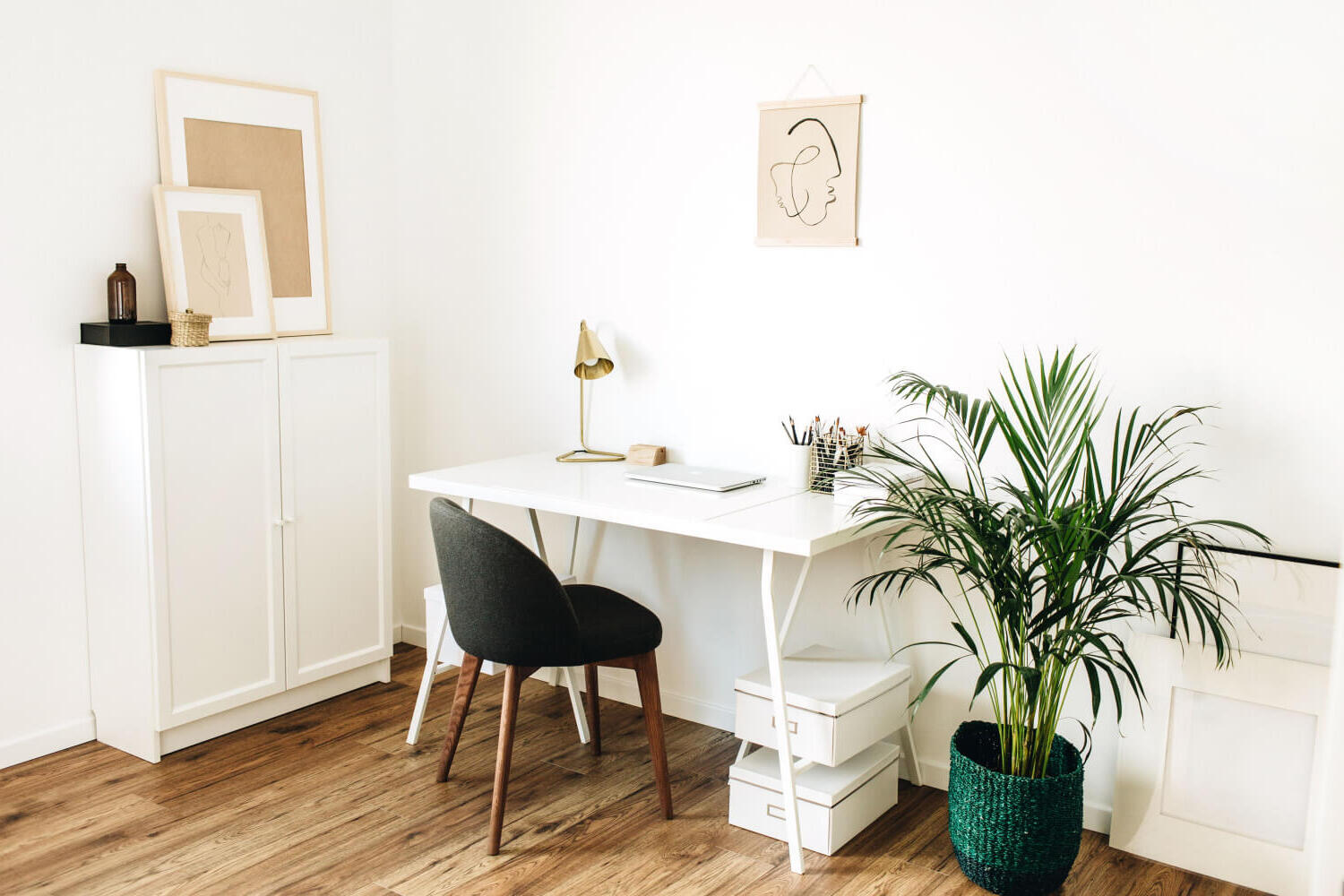
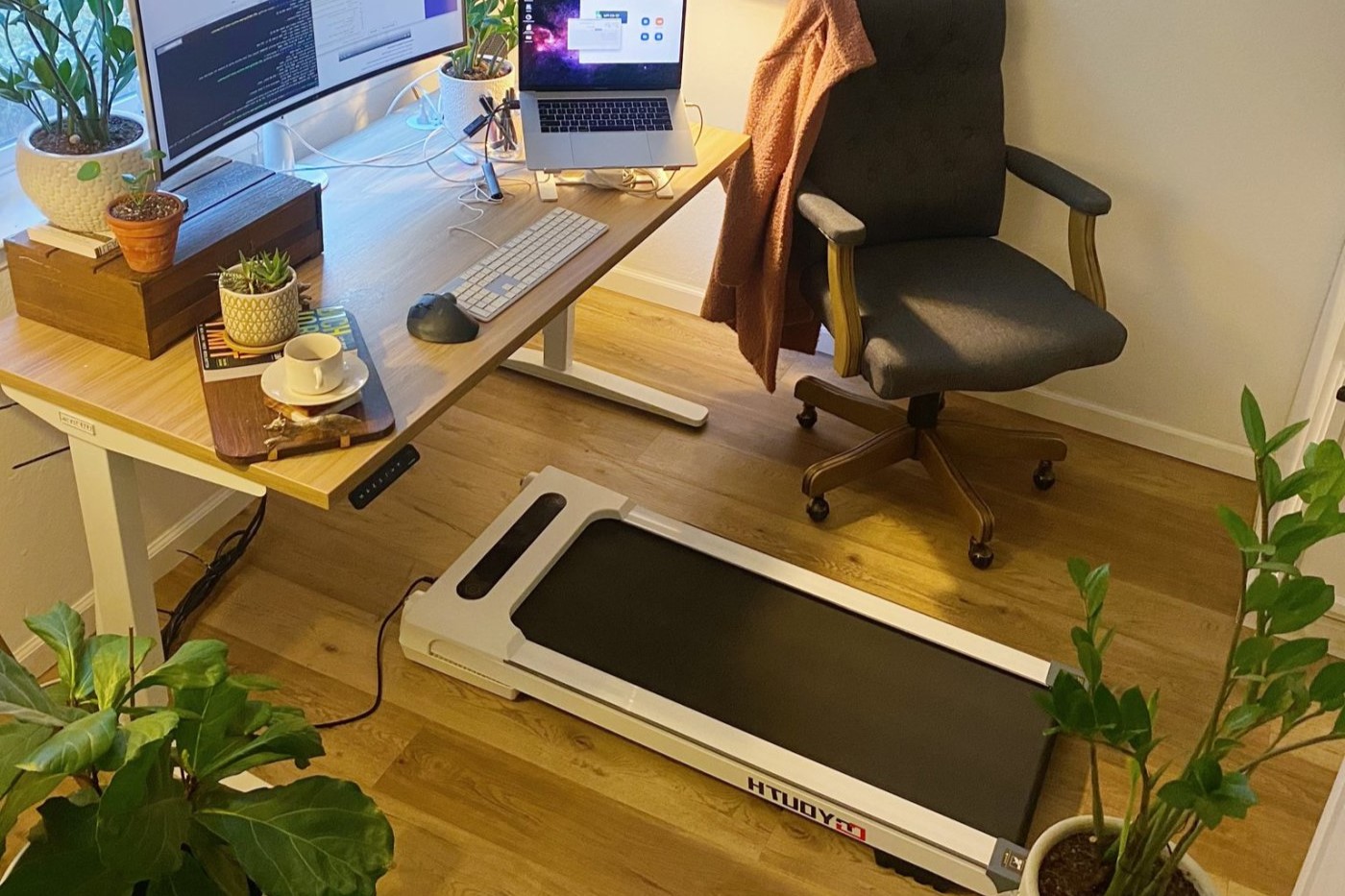
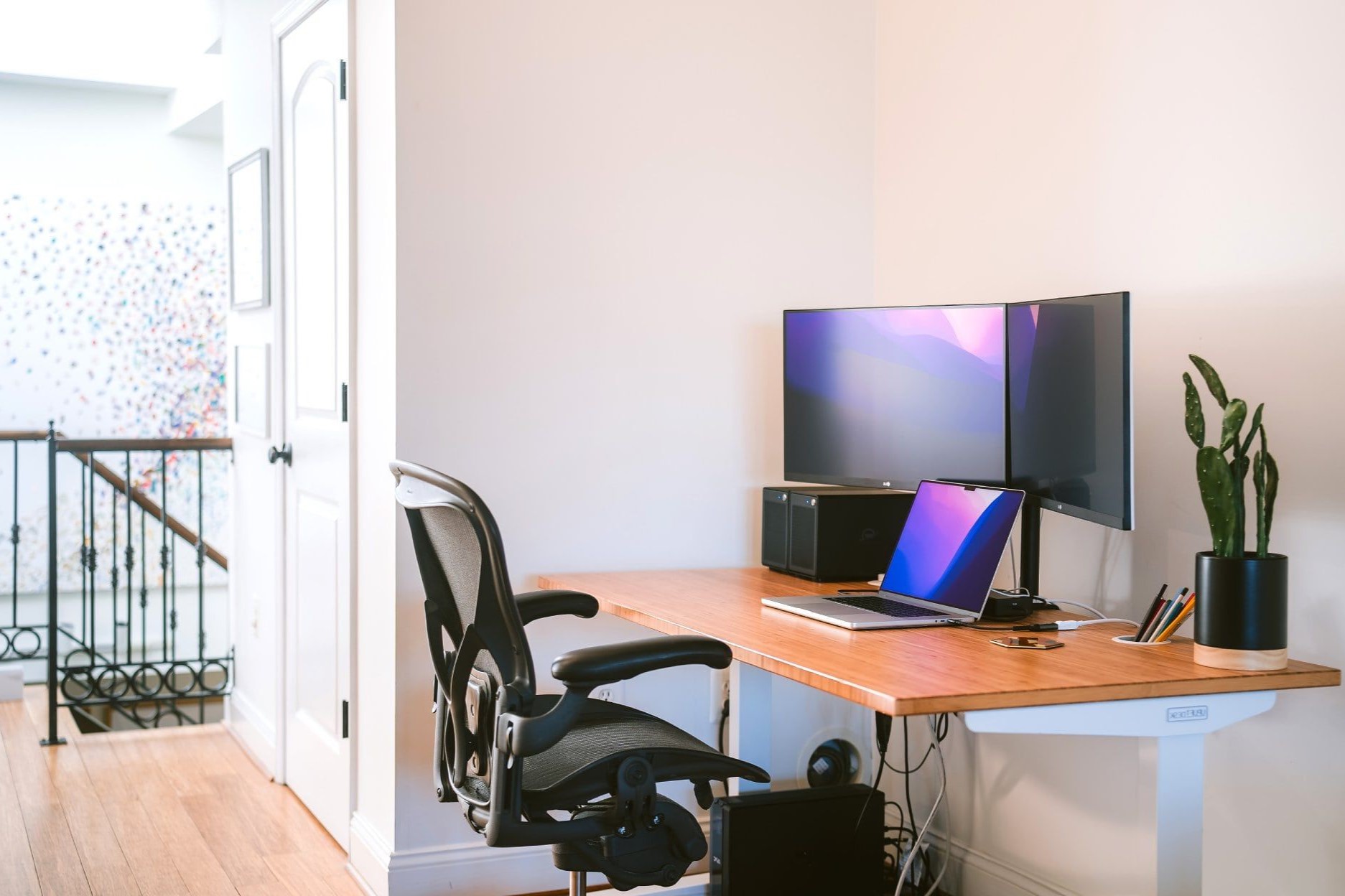
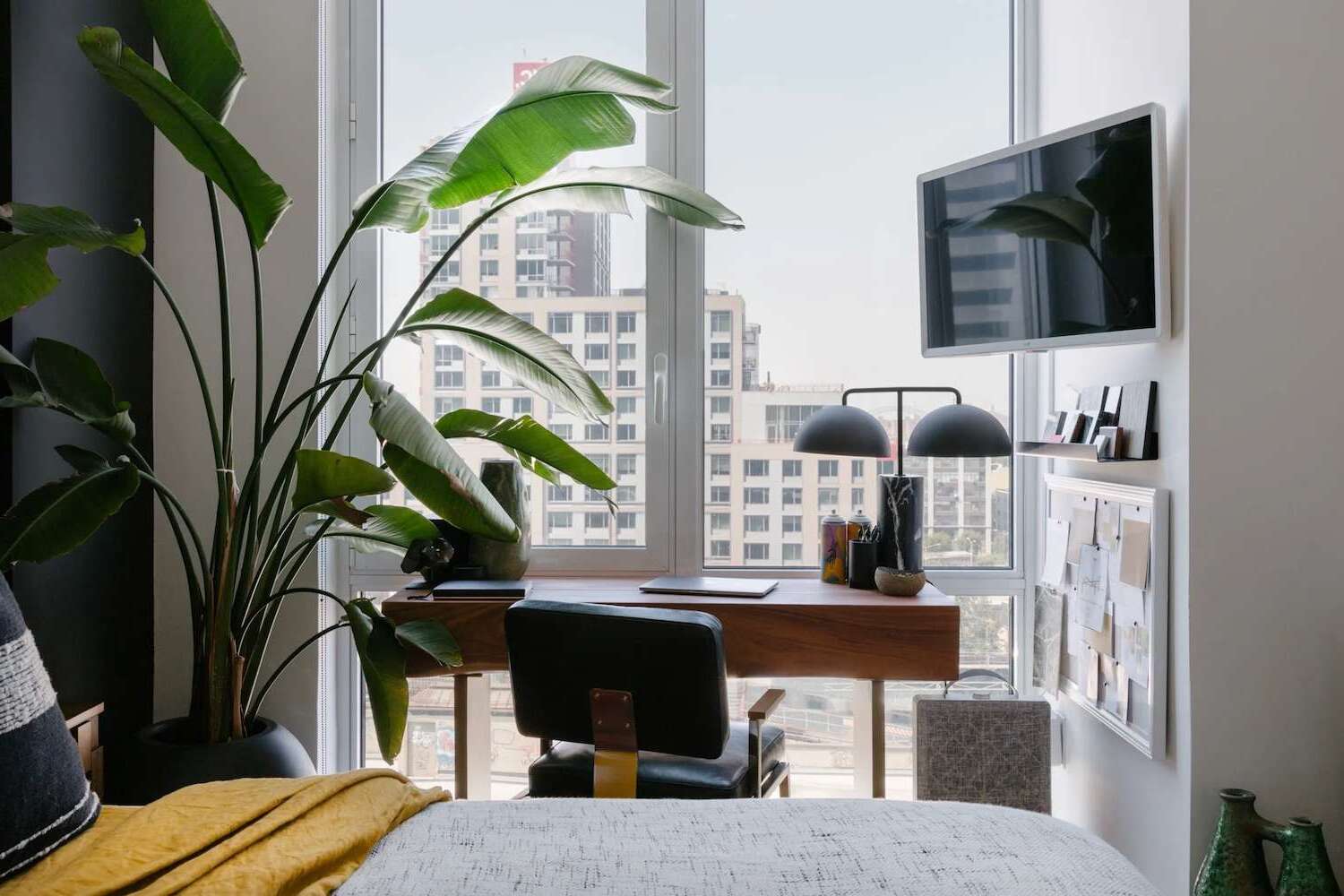
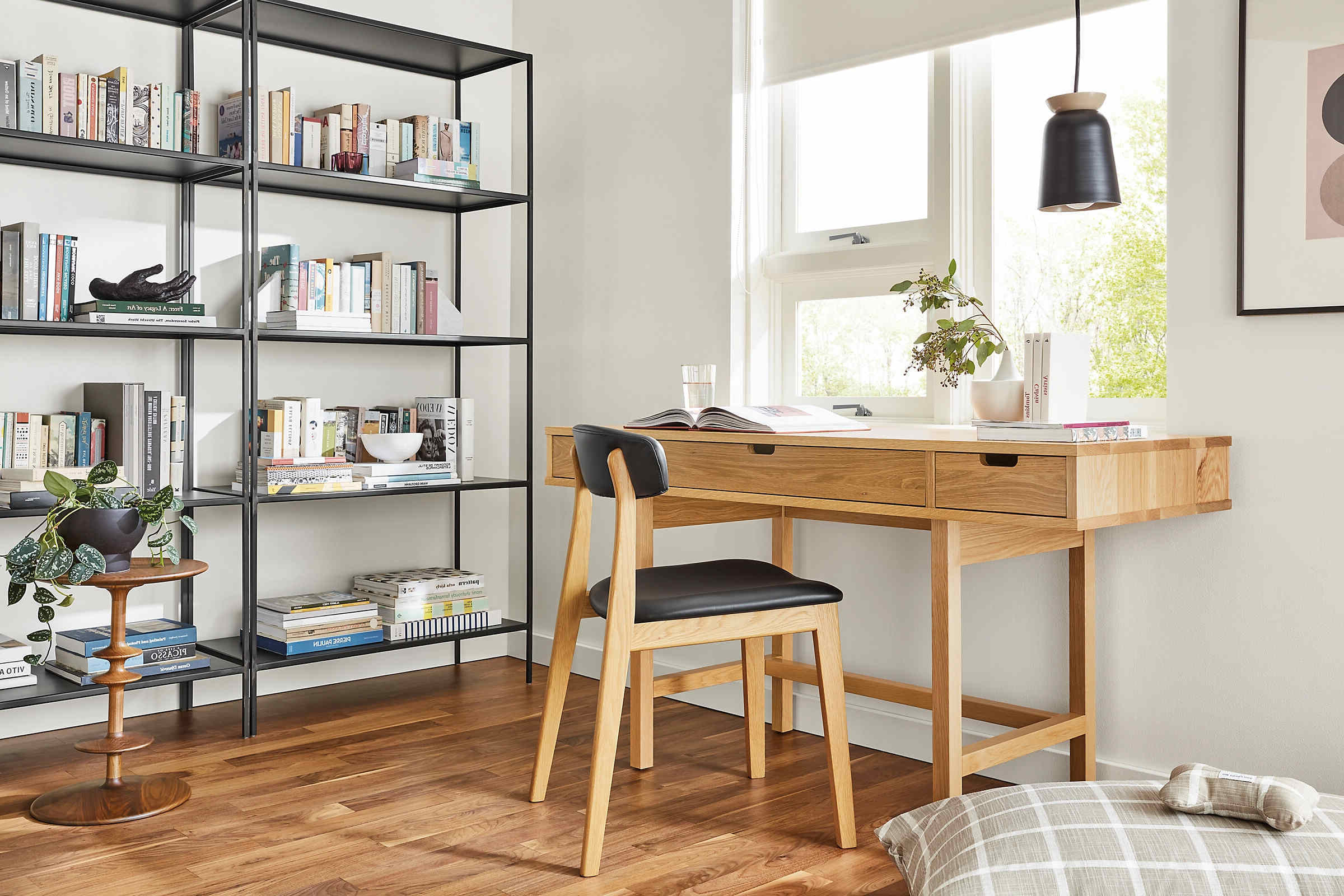
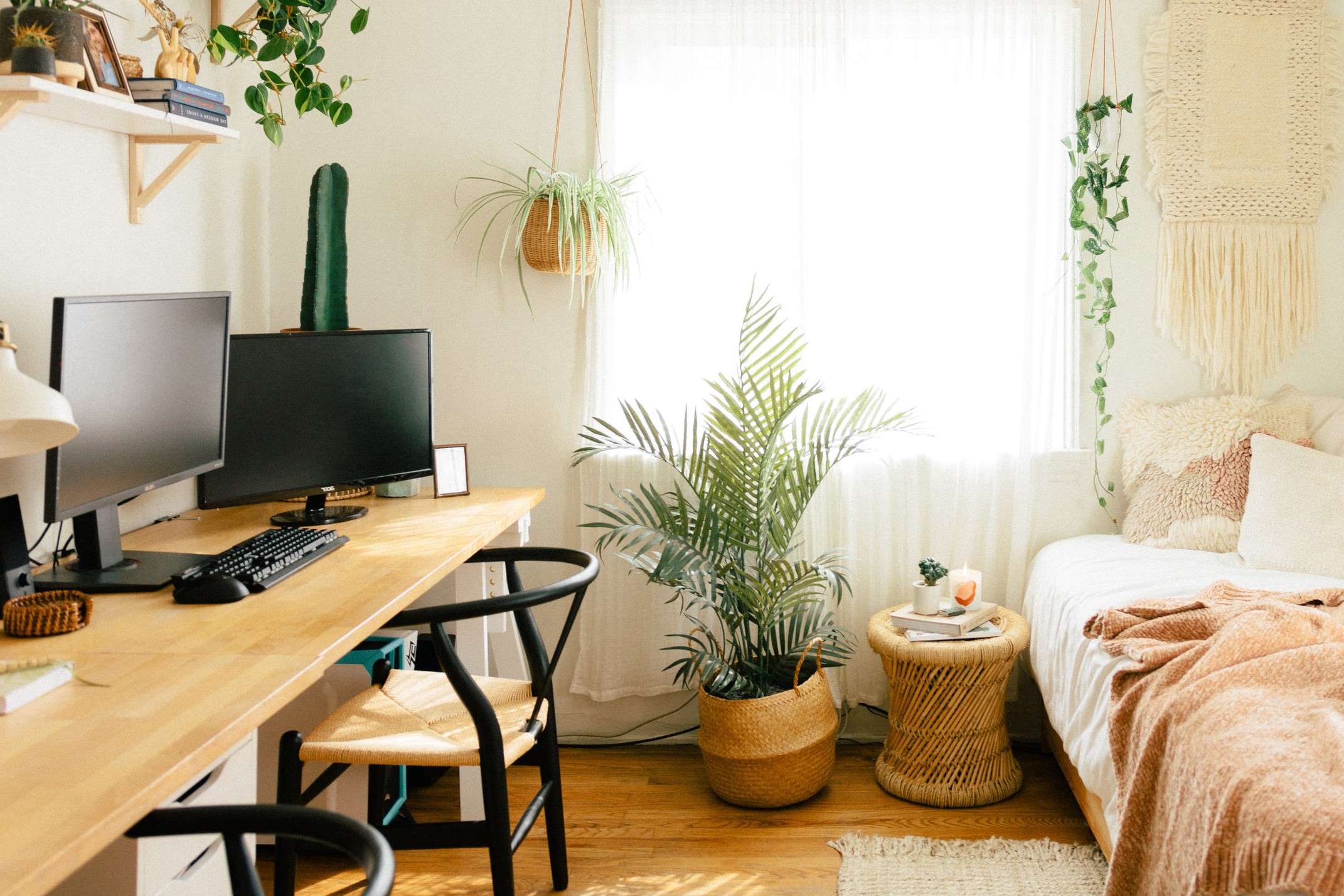
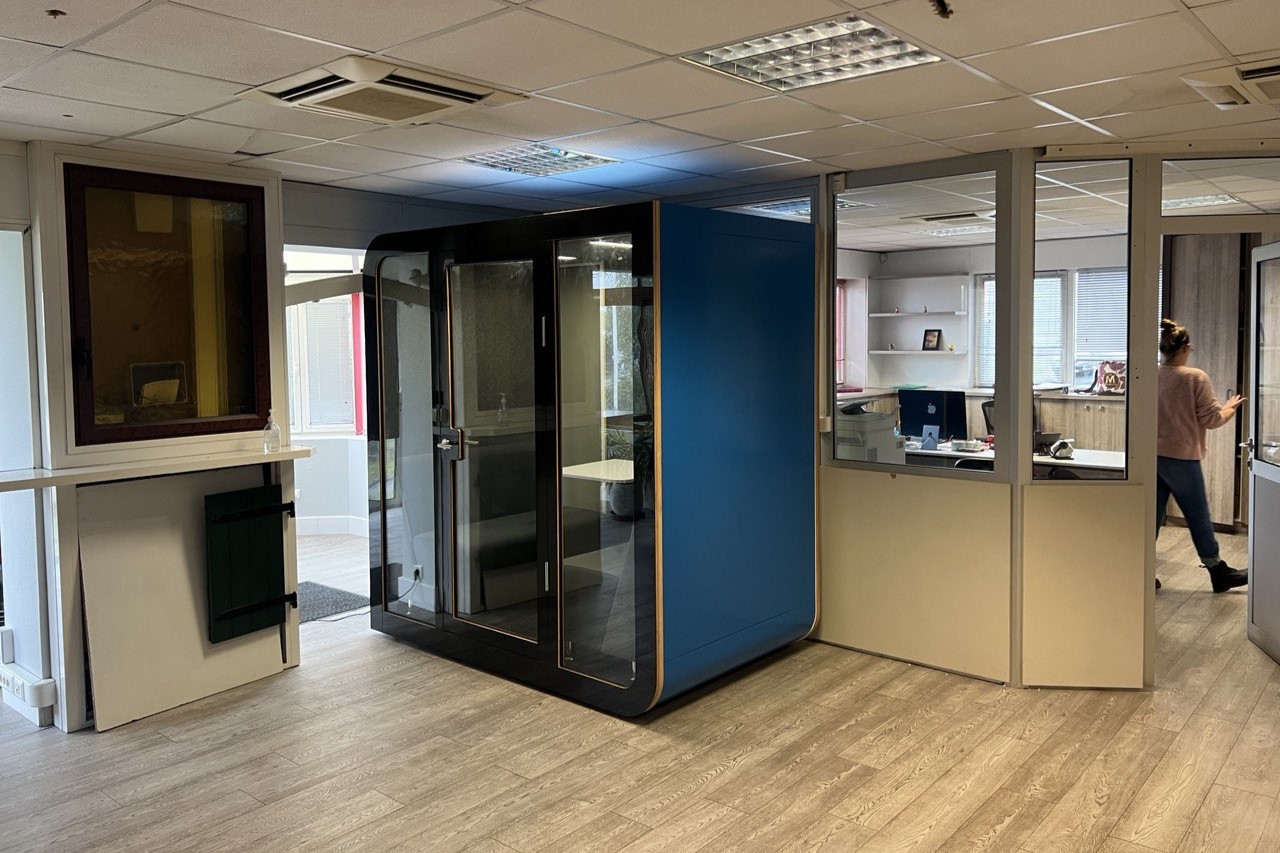
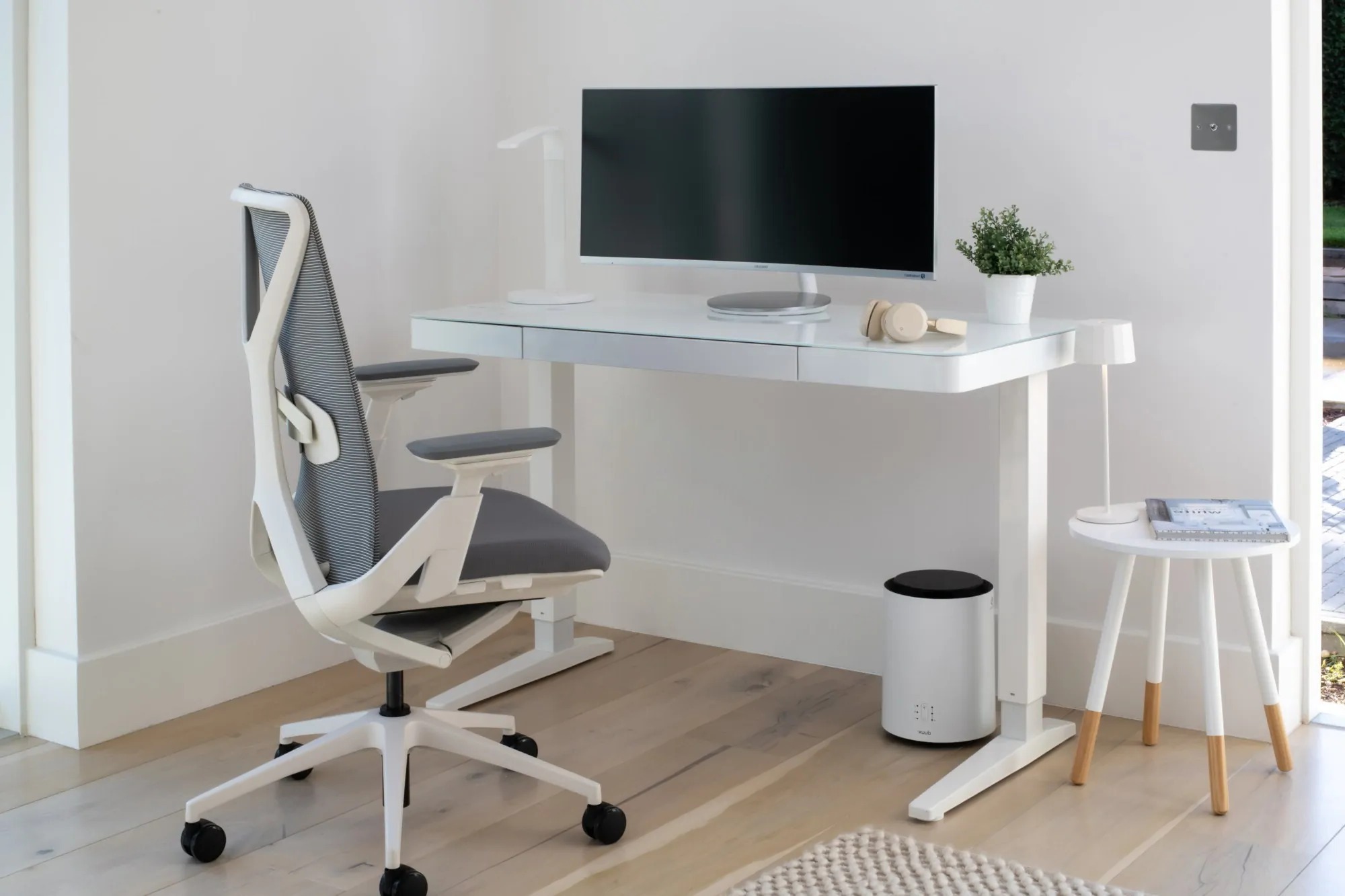
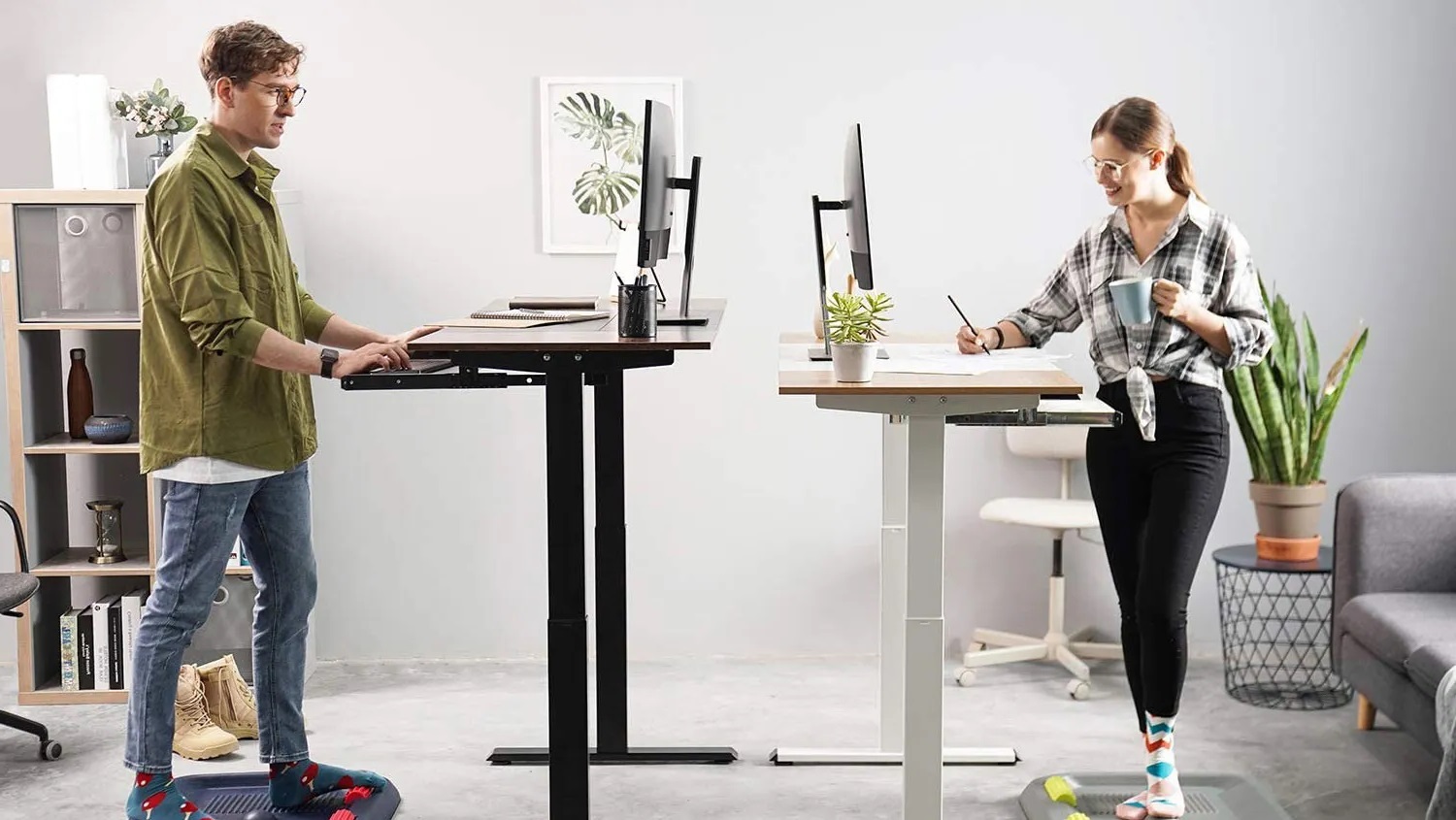
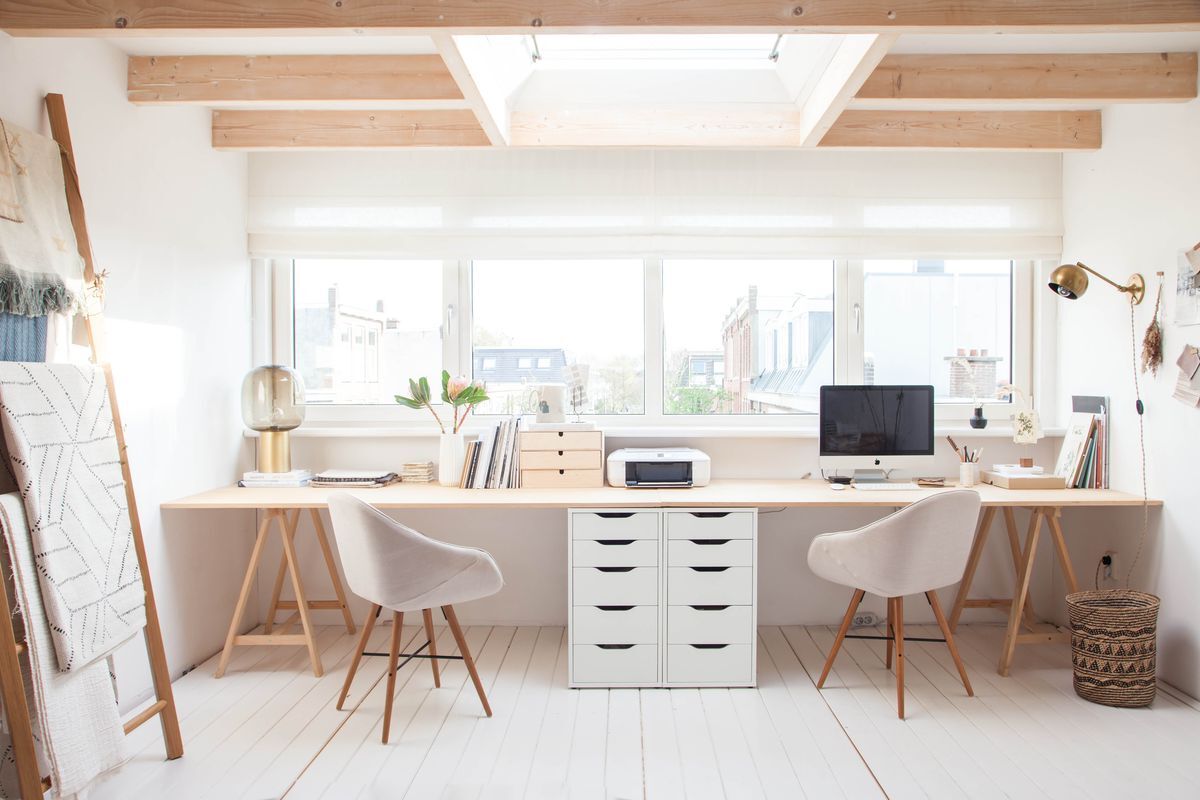

0 thoughts on “How To Design A Stylish And Practical Home Office”